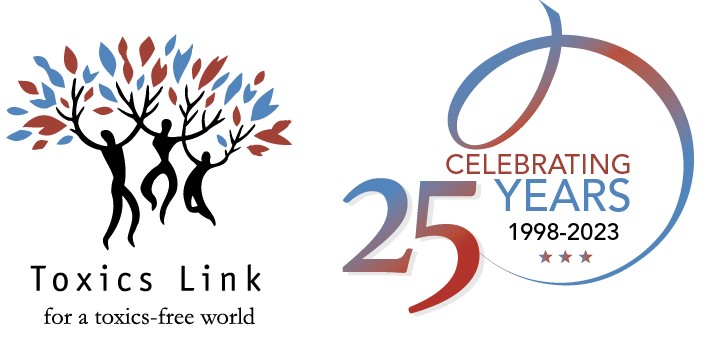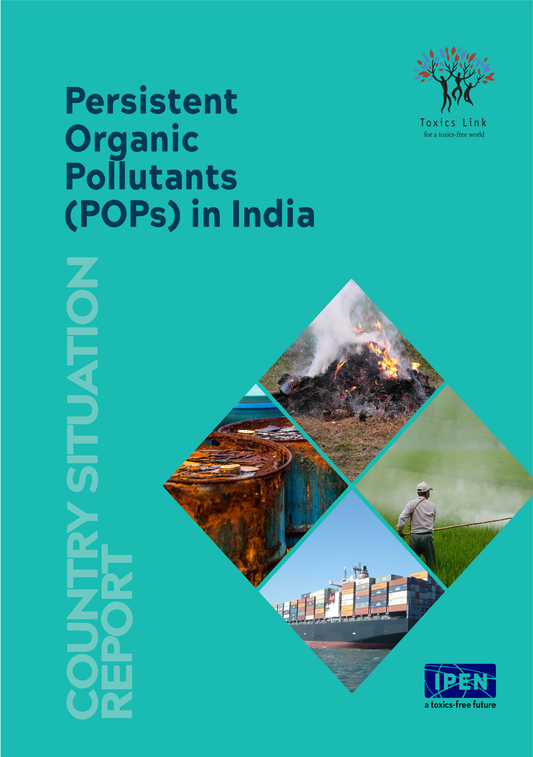
by Subhrakant Biswal | Sep 29, 2022 | Chemicals, Publications, Reports, 2018
In the study, 6 face wash, 3 body washes, 3 face scrubs from different brands, 1 face mask and 5 varieties of leave-on lotions were analysed for detecting the presence of microplastics (water insoluble) of more than 0.45 micron size. Large numbers of particles, especially granular material were observed with naked eye. Stereomicroscopic examination as well as filtration indicated presence of micro particles in 9 out of the 18 samples tested. The findings indicated presence of microplastics in most of the rinse off cosmetics. Interestingly, none of the leave-on products were detected with microplastics or even microparticles. Presence of insoluble micro particles in majority of the rinse off products does raise an alarm. These are designed to be disposed of with no possibility of recovery or recycling. Out of the 12 rinse off products included in the study, 5 of them were found to have microplastic. Since these are direct body to drain products, the beads from these products get directly into the water system and through the water channel reach the larger water bodies.
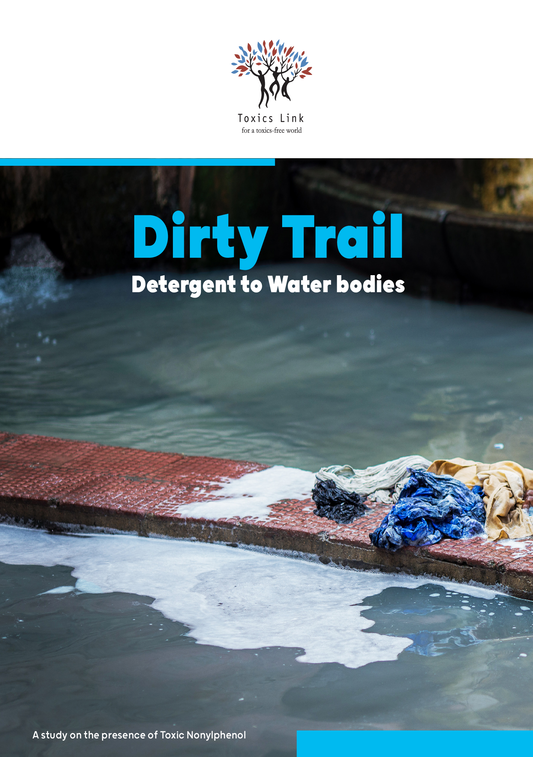
by Subhrakant Biswal | Sep 28, 2022 | Chemicals, Publications, Reports, 2019
The objective of the study was to assess the current status of Bio medical waste management in Delhi. Though the study looked only at bedded health care facilities, it was clear that this infectious waste, even after almost 20 years of the Rules, is not fully implemented on ground. Though the practices and processes in larger healthcare establishments seemed in compliance with the Rules, the systems in hospitals or nursing homes of smaller sizes were lacking in many aspects. The study has not included clinics or non-bedded facilities, but our observation of the few clinics we visited and interviews of some key stakeholders seemed to suggest that most clinics are not in compliance with the Rules and many of them, in fact, have not even tied with the CBWTFs. One of the major shortcomings is that database of HCFs pertaining to BMWM was neither available online on official website of DPCC nor provided when asked through the medium of multiple RTIs. Non-availability of this data leads to apprehension, as well as is limiting factor to any agenda associated with ensuring the compliance of BMW rule in Delhi.
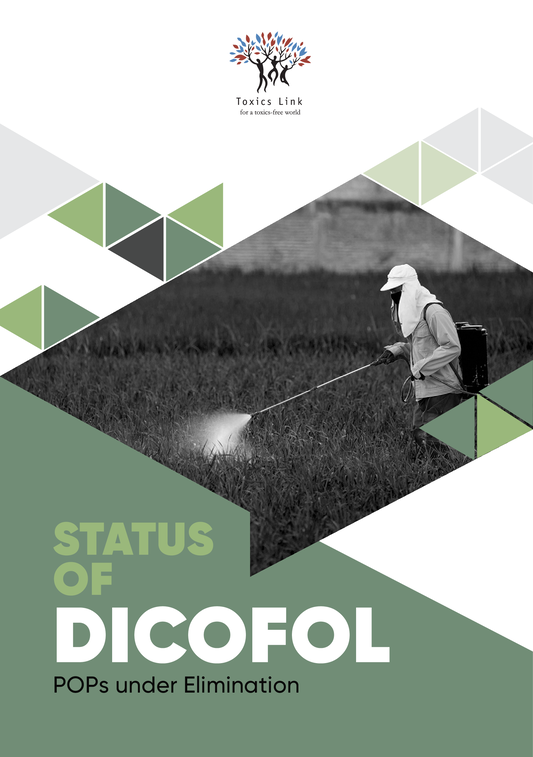
by Subhrakant Biswal | Sep 28, 2022 | Chemicals, Publications, Reports, 2019
The objective of the study was to assess the current status of Bio medical waste management in Delhi. Though the study looked only at bedded health care facilities, it was clear that this infectious waste, even after almost 20 years of the Rules, is not fully implemented on ground. Though the practices and processes in larger healthcare establishments seemed in compliance with the Rules, the systems in hospitals or nursing homes of smaller sizes were lacking in many aspects. The study has not included clinics or non-bedded facilities, but our observation of the few clinics we visited and interviews of some key stakeholders seemed to suggest that most clinics are not in compliance with the Rules and many of them, in fact, have not even tied with the CBWTFs. One of the major shortcomings is that database of HCFs pertaining to BMWM was neither available online on official website of DPCC nor provided when asked through the medium of multiple RTIs. Non-availability of this data leads to apprehension, as well as is limiting factor to any agenda associated with ensuring the compliance of BMW rule in Delhi.
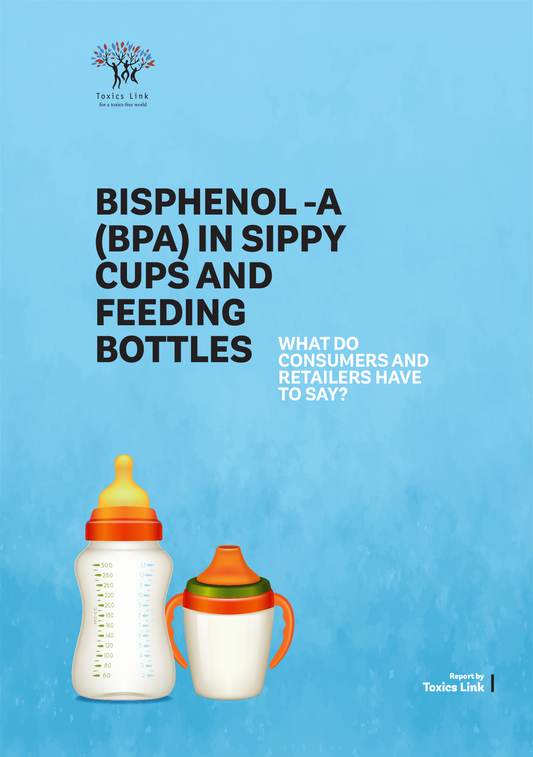
by Subhrakant Biswal | Sep 28, 2022 | Chemicals, Publications, Reports, 2020
The look and feel of the non-woven bags have made people believe that they are made of cloth and therefore environment-friendly.This is far from the truth.The lab findings, which were a part of this study, clearly show the plastic content in the popularly distributed non-woven bags- thus breaking the myth that these bags pose no harm to the environment.Lack of correct information or misleading information is leading most vendors to use plastic (non-woven PP) as replacement for normal plastic- and ironically paying more for it.The industry though continues to assert that NWPP bags are the best alternative to polythene or regular plastic bags, citing their durability and also claiming that they are environment-friendly.Though some local and regional government agencies have explicitly admitted that NWPP bags are not the right choice, there is still lack of clarity on the issue.Consumer awareness and behaviour change programmes still remain key elements and various agencies have to work towards informing and educating the consumers regarding the reality of non-woven bags.
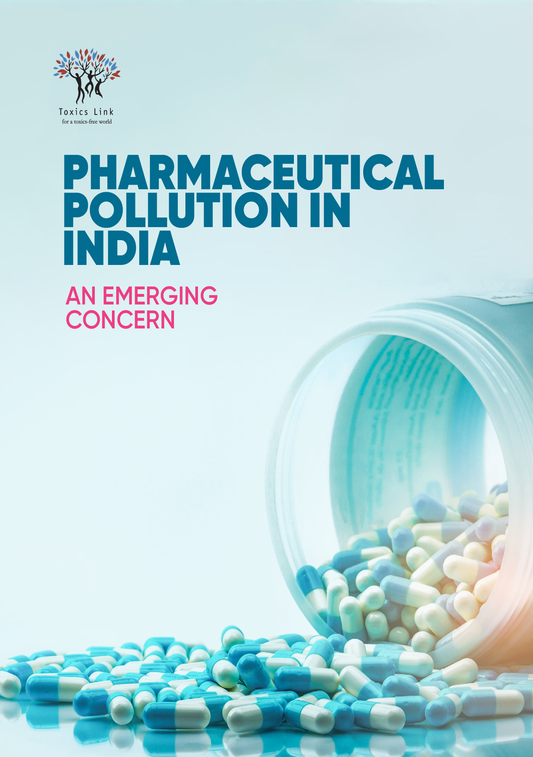
by Subhrakant Biswal | Sep 28, 2022 | Chemicals, Publications, Reports, 2020
The look and feel of the non-woven bags have made people believe that they are made of cloth and therefore environment-friendly.This is far from the truth.The lab findings, which were a part of this study, clearly show the plastic content in the popularly distributed non-woven bags- thus breaking the myth that these bags pose no harm to the environment.Lack of correct information or misleading information is leading most vendors to use plastic (non-woven PP) as replacement for normal plastic- and ironically paying more for it.The industry though continues to assert that NWPP bags are the best alternative to polythene or regular plastic bags, citing their durability and also claiming that they are environment-friendly.Though some local and regional government agencies have explicitly admitted that NWPP bags are not the right choice, there is still lack of clarity on the issue.Consumer awareness and behaviour change programmes still remain key elements and various agencies have to work towards informing and educating the consumers regarding the reality of non-woven bags.
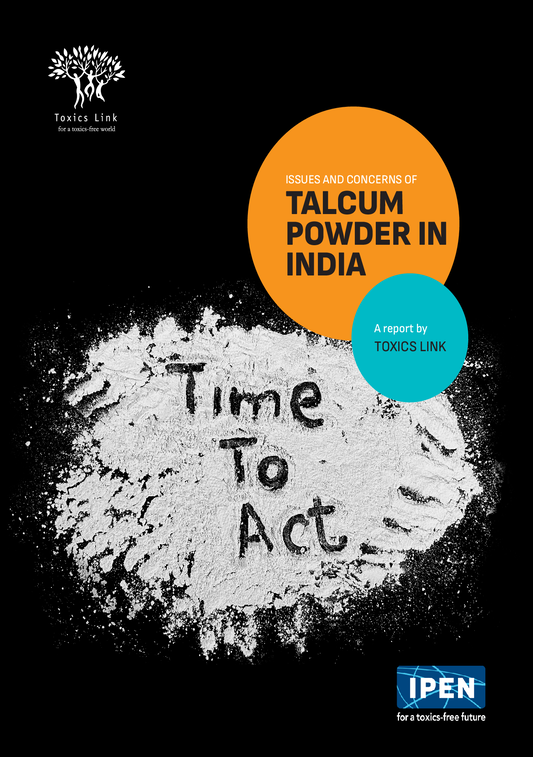
by Subhrakant Biswal | Sep 21, 2022 | Chemicals, Publications, Reports, 2021
The study titled, ‘Quantitative analysis of Microplastics along River Ganga’ finds that the river is heavily polluted with microplastics. It has thrown up alarming results as microplastics were found in all the samples.The river water testing was carried out in collaboration with the National Institute of Oceanography in Goa and a set of five water samples were collected from the river at Haridwar, Kanpur and Varanasi. The samples were tested through FTIR to identify the exact type or resin core and the results show presence of significantly high (40) different kinds of polymers as microplastics in Ganga waters. Resins like EVOH, Polyacetylene, PIP, PVC and PVAL were predominant in all three locations. However, the concentration of microplastics was significantly different in different sampling sites. Locations with higher population density and greater industrialisation (textile, tannery, etc.,) etc.,had a higher microplastics concentration in the river.The study findings indicated higher microplastic levels in the samples collected from Kanpur and Varanasi in comparison to Haridwar. Among the three cities, Varanasi showed the maximum load of microplastics in the Ganga waters as compared to the other two cities.

